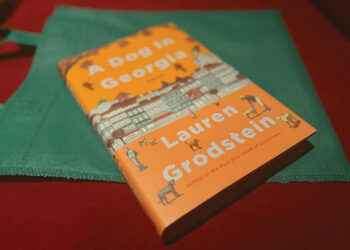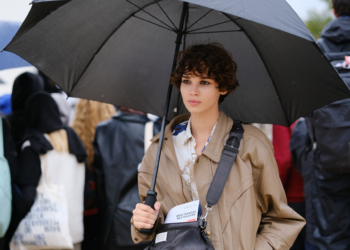As the Tsinandali Festival unfolds, another significant cultural event is taking place within the historic walls of the Tsinandali Estate—a comprehensive exhibition of Jibson Khundadze’s work. Running from September 1 to November 10, 2024, this exhibition offers a rare glimpse into the mind of an artist who not only navigated but transcended the challenges of Soviet isolation, emerging as a pivotal figure in the new wave of Georgian visual art. Khundadze’s work is a testament to the power of individualistic expression, challenging the boundaries of traditional artistic formats.
Navigating and Overcoming Soviet Isolation
Jibson Khundadze’s artistic journey is inextricably linked to the political and cultural climate of his time. Born during the Soviet era, Khundadze was subject to the same restrictions that stifled the creative expression of many artists in the Soviet Union. Yet, where others saw obstacles, Khundadze saw opportunities for reinvention. His art became a medium for subtle resistance, employing a unique conceptual language that defied the homogenizing tendencies of Soviet realism.
The Tsinandali exhibition underscores how Khundadze’s work emerged as a response to these constraints. The isolation imposed by the Soviet regime necessitated a self-reliant form of creativity, which Khundadze embraced. He crafted a distinct visual lexicon, informed by a keen awareness of global art movements but rooted in a deeply personal and local context. This synthesis of global and local elements became a hallmark of his style, allowing him to convey complex ideas without conforming to the ideological expectations of the time.
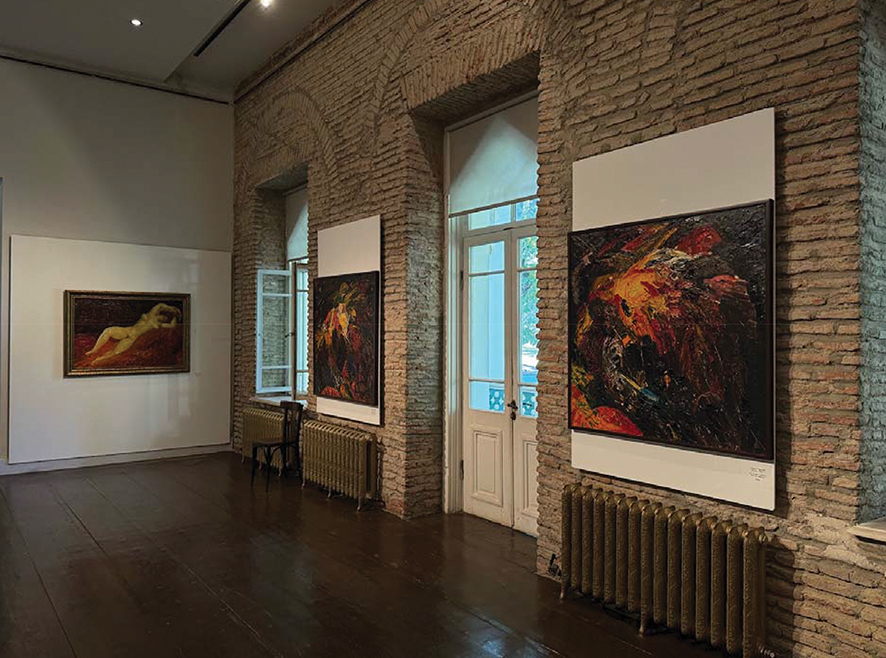
The Versatility of Form and Concept
Khundadze’s refusal to adhere to any particular artistic format is one of the most striking aspects of his work. The Tsinandali exhibition showcases this versatility, presenting a range of media, from paintings and drawings to mixed media and installations. Each piece reflects Khundadze’s ongoing dialogue with the medium itself, as well as with the viewer. The absence of a single, unifying style in his oeuvre is not a sign of inconsistency, but rather an indication of his commitment to exploring the full spectrum of artistic expression.
For instance, Khundadze’s use of mixed media often blurs the lines between painting and sculpture, challenging the viewer to reconsider their preconceived notions of form. His installations, on the other hand, transform the gallery space into an immersive environment, where the boundaries between art and reality are deliberately obscured. This fluidity of form is not merely a stylistic choice but a conceptual strategy, aimed at engaging the viewer in a more dynamic and participatory experience of art.
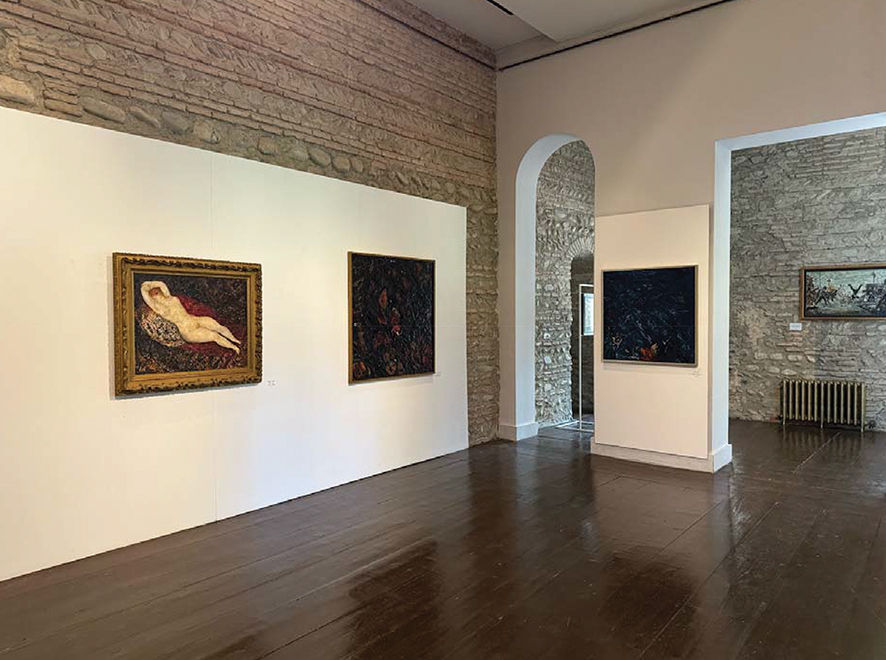
A Conceptual Approach to Georgian Identity
Khundadze’s work is also deeply informed by his Georgian identity, which he explores in both direct and oblique ways. The exhibition at Tsinandali is particularly significant in this regard, as the estate itself is a symbol of Georgian cultural heritage. By situating his work within this historic context, Khundadze invites viewers to reflect on the intersections between past and present, tradition and innovation.
His approach to Georgian identity is neither nostalgic nor romanticized. Instead, it is characterized by a critical engagement with history, culture, and memory. Khundadze often employs symbols and motifs drawn from Georgian folklore, architecture, and landscape, but these elements are always recontextualized within a contemporary framework. This recontextualization serves to challenge static notions of national identity, presenting it as something dynamic and constantly evolving.
For example, in one of the installations at the Tsinandali exhibition, Khundadze incorporates traditional Georgian patterns and textiles into a modern, abstract composition. The result is a visual dialogue between the old and the new, the familiar and the unfamiliar. This interplay not only reflects Khundadze’s own complex relationship with his cultural heritage, but also encourages the viewer to consider their own position within this continuum.
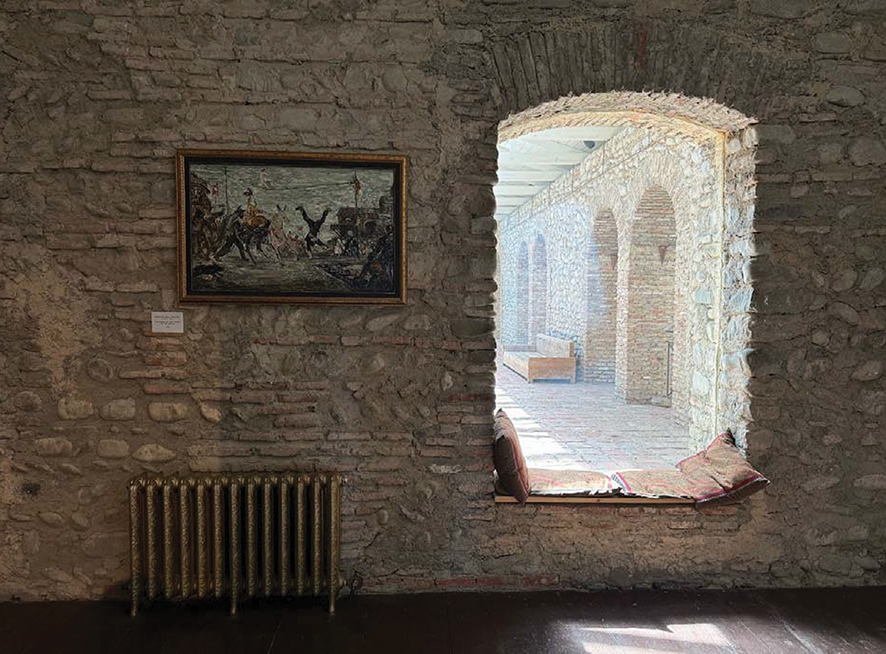
The Role of the Viewer in Khundadze’s Work
A crucial aspect of Khundadze’s artistic practice is his emphasis on the role of the viewer. His works are not meant to be passively observed, but actively engaged with. This is particularly evident in the Tsinandali exhibition, where the layout and design of the space encourage movement and interaction. The viewer becomes a participant in the creation of meaning, as they navigate through the various pieces and installations.
Khundadze’s emphasis on viewer interaction can be seen as a response to the alienation and passivity often associated with Soviet-era art. By contrast, his work fosters a sense of agency and empowerment, inviting viewers to bring their own experiences and interpretations to the table. This democratization of the artistic experience is a key element of Khundadze’s vision, one that aligns with his broader commitment to breaking down the barriers between art and life.
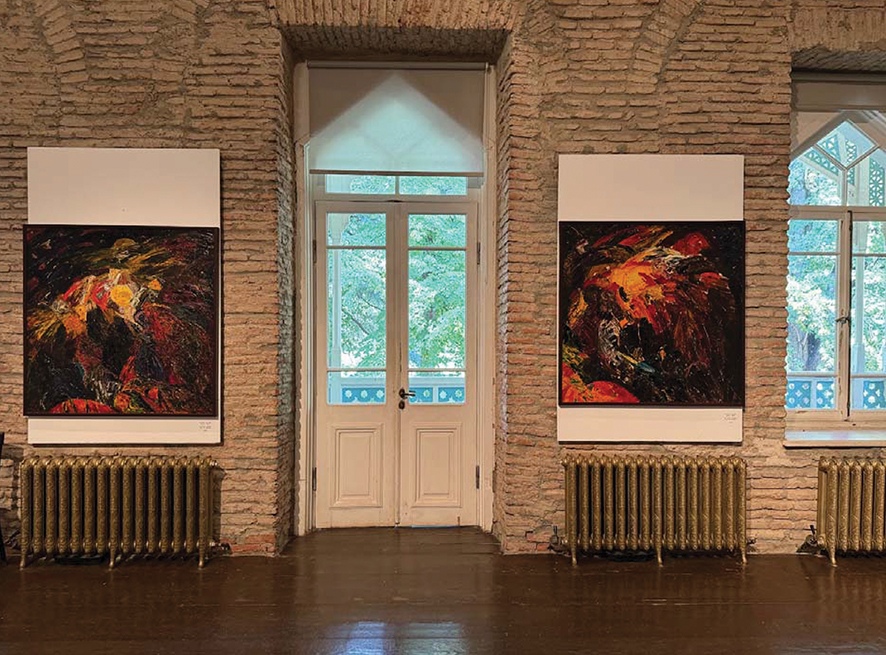
A New Wave in Georgian Visual Art
Jibson Khundadze’s exhibition at Tsinandali Estate is more than just a retrospective; it is a celebration of an artist who has consistently pushed the boundaries of what art can be. His work represents a new wave in Georgian visual art, characterized by its conceptual depth, formal versatility, and critical engagement with identity and history.
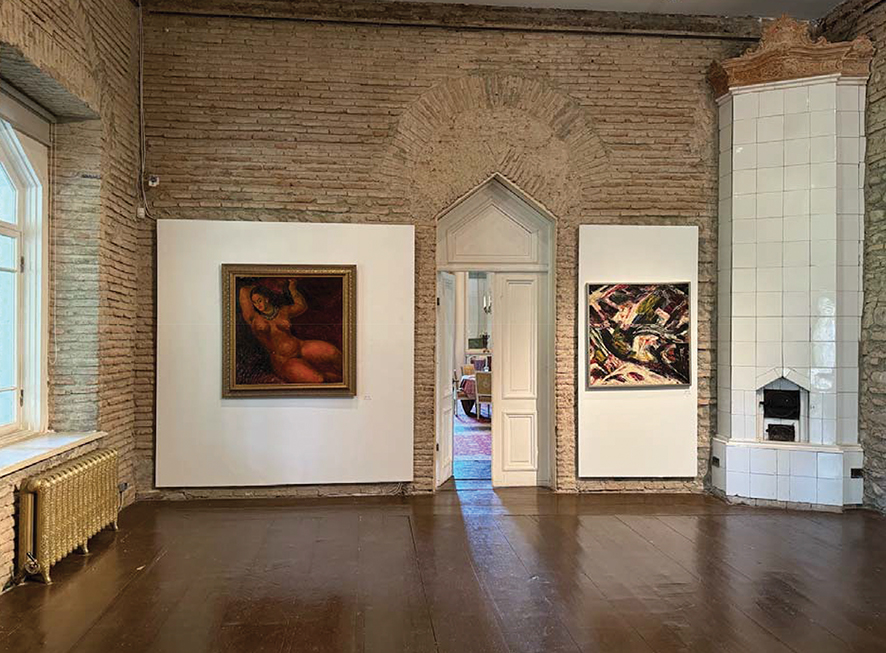
As visitors to the Tsinandali Museum explore Khundadze’s works, they are not just witnessing the evolution of an individual artist but also the broader trajectory of Georgian art as it navigates the complexities of post-Soviet reality. Khundadze’s work reminds us that art is not merely a reflection of the world but a powerful tool for shaping it, for challenging the status quo, and for envisioning new possibilities.
In this way, Khundadze’s exhibition is not just an artistic event but a cultural milestone—one that invites us to reconsider the role of art in our lives and its potential to inspire change. As the exhibition runs alongside the Tsinandali Festival, it serves as a poignant reminder that Georgia’s cultural renaissance is not limited to music and performance, but extends to the visual arts in profound and transformative ways.
By Ivan Nechaev



